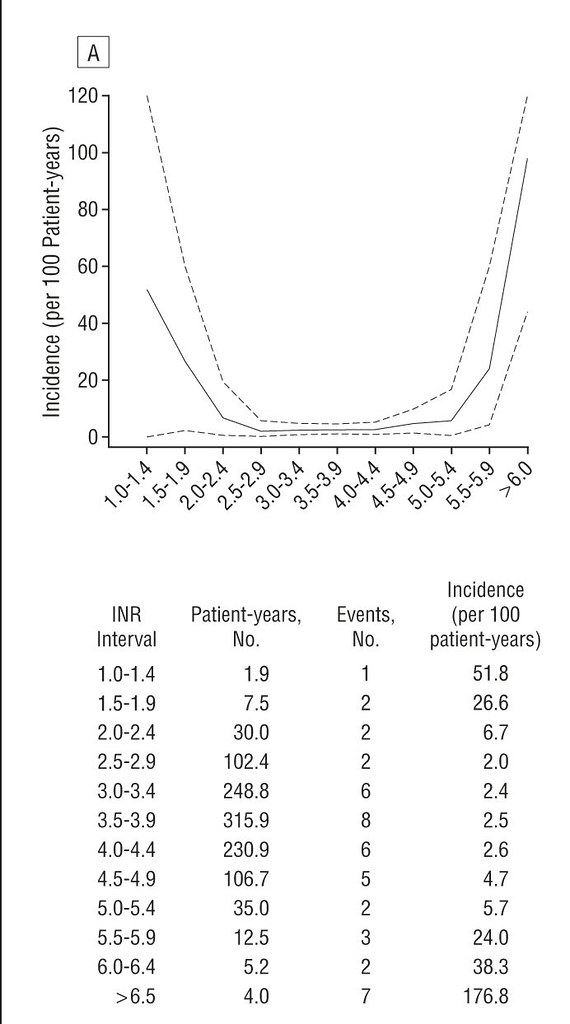Okay.
In a rather large nutshell, this is the thing about INR and heart valves.
Prosthetic heart valves (Medtronic, On-X, St. Jude's, etc.) have surfaces inside them where blood can connect. At the surfaces where the large vessels connect to the valves (they're sewn together), clots can form. Even with On-X valves, which reportedly don't have as big a problem with clots forming, clots can still form.
The problem with the clots that form is that they can break off, and go into the bloodstream. These clots floating through the bloodstream could end up in the brain, clogging blood supply and potentially causing a stroke, or can end up doing damage in the lung (pulmonary embolism). Peole with prosthetic valves take an anticoagulant (warfarin) that prevents the clots from forming.
INR - International Normalized Ratio is a ratio between the length of time that it takes the blood to clot, divided by a value for the particular chemical (reagent) that promotes the clotting. An INR of 1.0 is approximately the value for normal, un-anticoagulated blood. An INR of 2.0 is an indication that blood takes twice as long to clot as blood with an INR of 1.0. And so on - the higher the INR, the longer it takes for blood to clot.
From personal experience, and the reported experience of hundreds - if not thousands - on this forum, having an INR between 2.5 and 3.5 (for example), is no big deal. It doesn't change your life. It's not the nightmare that some marketers would want you to believe. It's not like taking 'rat poison' - and being instantly fatal if you take a bit too much. It isn't really that big a deal.
Unlike the way it was twenty or more years ago, there are now meters that you can own, and do self-testing.
I have a St. Jude valve. I got it in 1991. If I had an On-X today, I'd prefer not to take the risk of maintaining a low INR, or just taking aspirin (on the possibly rare likelihood that this low INR wouldn't increase my risk of a clot form, or throwing a clot) and would STILL want to maintain an INR of 2.5 - 3.5.
To me, it's not worth the risk to have a low INR to support the On-X marketing machine and possibly risk major, life-changing results. IF and WHEN there's proof in long term, independent, retrospective studies that demonstrate little or no risk for ON-X users to keep INR's around 1.5 (or just taking an aspirin a day), I may be more comfortable with a low INR. But keeping a slightly higher INR will reduce or eliminate that risk, so even if such a study existed, I may not shoot for a lower target INR.
I hope this gives you more information than you need.




